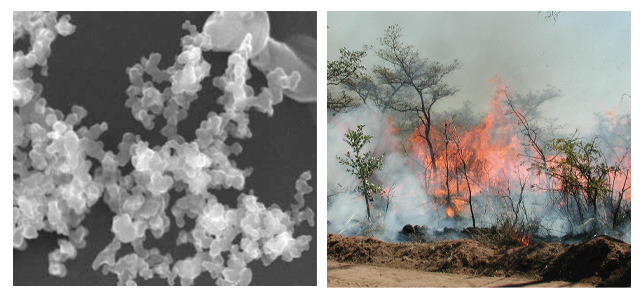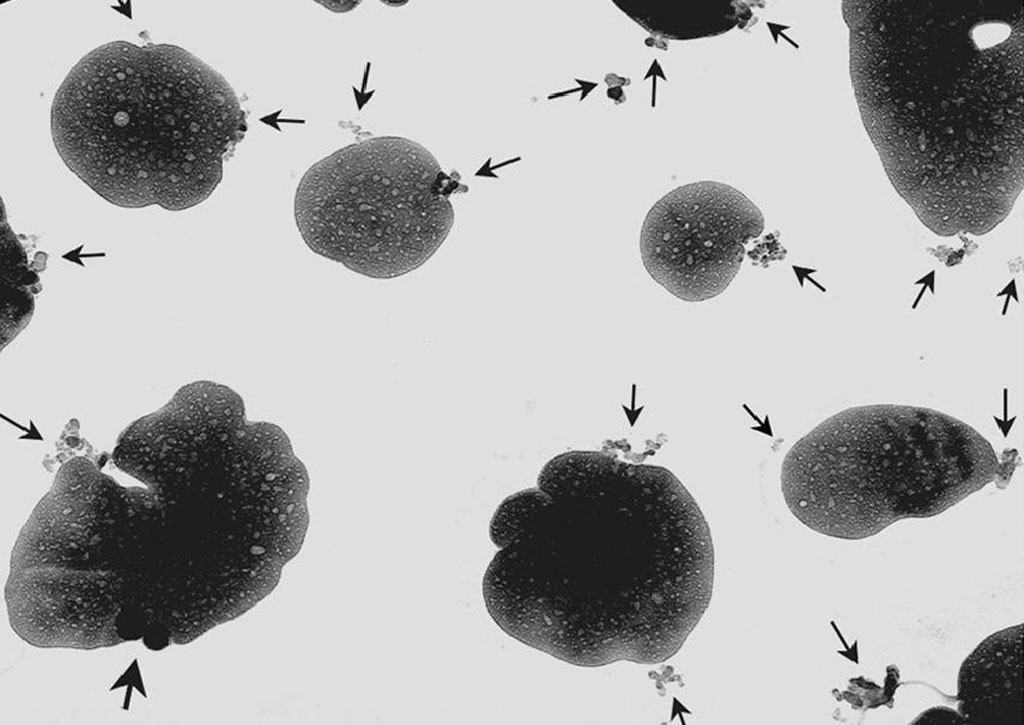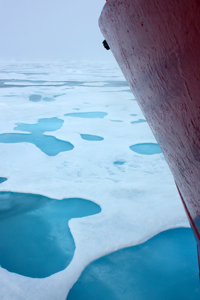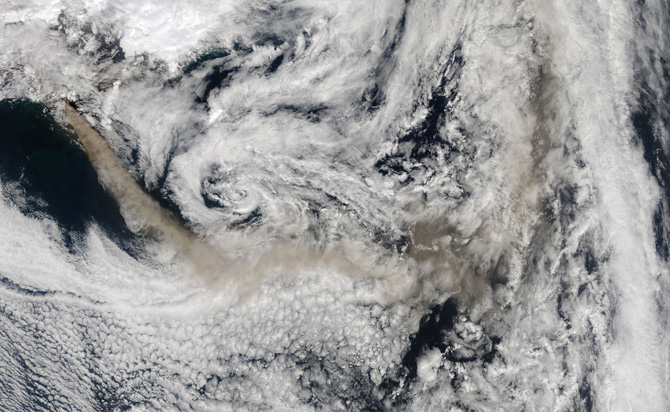(Please post your guesses and your name in the comments, and we’ll give the answer next week…)
Here at What on Earth, we’re constantly stumbling across interesting photos, videos, and audio clips from NASA’s exploration of our planet (be it from space, the field, or the lab.) Whether it’s a satellite montage captured from thousands of miles up, the roar of our B-200 research aircraft, or a microscopic view of a cloud droplet, there’s literally always something strange and wonderful passing across our desks.
To have a little fun (and spare all that fascinating stuff from the circular file), we’re going to post snippets of it every now and then, usually on Fridays. What we post will change, but the question to you all will always be the same: “What on Earth is that?”
Our only hints:
- Our picks will always be related to Earth science in one way or another, and…
- It will have some relation to what we do at NASA.
We’ll give you a week to post your guesses, and we’ll post the answer the following Friday.

Here are a few more details to impress your pals: Bits
of soot (a type of aerosol particle) tend to clump together into the chain-like structures visible above. Wildfires, diesel trucks, factories—anything that partially burns the carbon locked away in fossil fuels and organic materials can produce soot and release it into the air. Soot makes doctors nervous as it can cause health problems when it lodges in our lungs and works its way into our bloodstream. And climatologists are wary of the particles as well because they absorb the sun’s energy and hasten global warming and climate change by heating the atmosphere directly or coating the surface of glaciers. In recent years, black carbon is an active area of research in climate science, and it’s a target of study for a number of NASA’s Earth science projects, including the forthcoming Glory satellite.Image(left) from Peter Buseck, Arizona State University. Image(right) from Jim Ross, NASADryden Flight Research Center.


 What on Earth was
What on Earth was 


